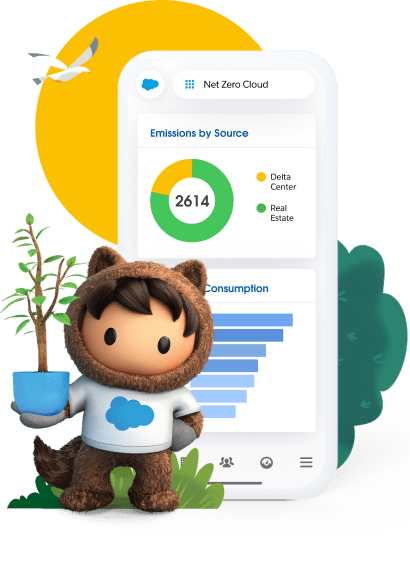Inardua & Net Zero Cloud
We’re really excited to be getting started with Net Zero Cloud here at Inardua, and wanted to share some thoughts around what it is and why we felt it imperative to implement for ourselves.
Why are we implementing Net Zero Cloud?
We are conscious of the impacts of climate change, which are already being felt today through increasing incidence of events such as extreme heat, floods and wildfires across the globe. Global temperatures are on track to have increased by as much as 2.7°C by 2100, rendering much of the world uninhabitable. The Glasgow Climate Pact agreed at COP26 in 2021 recognised that reaching net zero carbon emissions by 2050 is an essential part of avoiding these impacts.
As a certified B Corp™, we made a legal commitment to value environmental factors alongside purely financial ones – and the implementation of Net Zero Cloud provides us with the capability which to assess our own carbon impact, and to take action to mitigate this impact.
It also provides the means with which to support partners and clients in their own sustainability missions through the implementation of the product to manage carbon data and internal sustainability processes.
What is it?
Put simply, Net Zero Cloud is the Salesforce solution for managing sustainability and carbon data within a business.
It boasts all the power associated with other Salesforce products – ‘Click Before Code’ automation, personalisation of layouts and processes, centralised data and single-account views (and more) – but sets you up with an out of the box data model and automations to report on Scope 1, 2, and 3 emissions.
In addition to monitoring data on your organisations carbon emissions, Net Zero Cloud communicates with the Net Zero Marketplace, a carbon action hub allowing for the purchase of carbon credits – enabling action to be taken depending on your carbon output analysis.
Net Zero Cloud comes packed with pre-loaded datasets relevant for numerous regions and locations, all aligning with internationally recognised reporting standards. But as with all things Salesforce there is the flexibility to reference datasets and reporting standards as and how required by the user.
Scope 1, 2, and 3?
Scope 1, 2, and 3 emissions refer to the categorisation of an organisations carbon emissions – and broadly translate as follows:
Scope 1
Emissions produced from sources directly controlled by a business or organisation, this could be the emissions produced by company owned fleet vehicles.
Scope 2
Emissions produced indirectly by a company because of the production of the energy it purchases. An example of this would be the emissions of energy purchased to power electric vehicles in a company’s fleet.
Scope 3
Emissions which are not produced directly by a company, but are produced as a result of its actions, for example, business travel or employee commuting.
What next?
Over the coming weeks we’re attending various events focussing on everything from Salesforce, Sustainability and Energy, Utilities & Clean-tech – and really looking forward to hearing about the actions being taken across these areas to incorporate sustainable thinking and action within organisations.
We’ll also be sharing more detail on some of the key use-cases and examples of how the Net Zero Cloud is already helping us make a more positive sustainable impact.
If you’re interested in finding out more about the product, or how Inardua can help you we’d love to chat.
Thanks,



